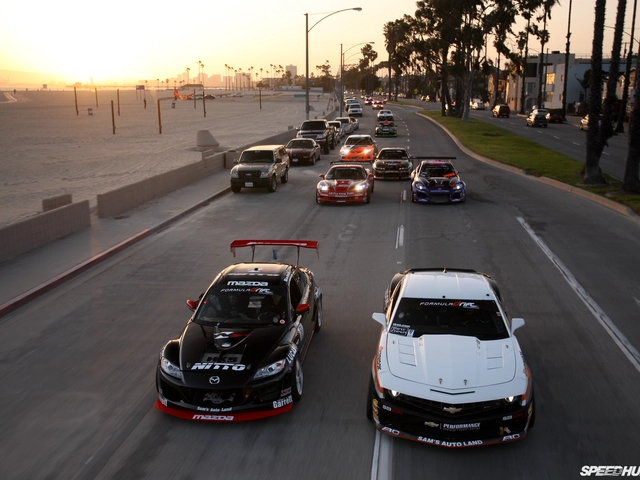Motorsports Safety and Myths
When you hear the word "racing" you probably picture screeching tires, high speeds, and crashes. It’s easy to assume the sport is a death trap, but the reality is far more nuanced. Over the last few decades safety has turned into a science, and the numbers prove it. In this guide we’ll knock down the biggest myths and show you how today’s safety gear and regulations keep racers on the track.
Common Myths About Racing Danger
Myth #1: "Racing is more lethal than any other sport." The fatality rate in top‑level series like Formula 1 or MotoGP is actually lower than in many amateur road‑racing clubs. That’s because the pro series invest heavily in crash data, simulation, and mandatory safety checks.
Myth #2: "Drivers are reckless and don’t care about safety." Professional racers train for months on physical fitness and risk management. They know that a single mistake can end a career, so they follow strict protocols for vehicle checks, helmets, and fire‑proof suits.
Myth #3: "Safety features are just add‑ons for show." Think of the HANS (Head‑And‑Neck Support) device. Since its mandatory introduction in 2001, the number of serious head injuries in open‑wheel racing has dropped dramatically. It’s not a gimmick; it’s a life‑saving piece of equipment.
How Modern Safety Keeps Drivers Alive
First, the car itself is a safety cage. Carbon‑fiber monocoques are built to absorb impact energy while keeping the driver’s space intact. In a crash, the chassis may crumple, but the cockpit stays rigid, protecting the driver’s head and torso.
Second, track design matters. Modern circuits feature ample runoff areas, gravel traps, and energy‑absorbing barriers. When a car leaves the racing line, these zones slow it down before it hits a wall, reducing the forces on the driver.
Third, real‑time monitoring helps prevent accidents before they happen. Sensors track vital signs, tire pressure, and engine performance. If something goes off‑track, the team can call the driver in or even issue a virtual “red flag” to halt the session.
Finally, medical response is razor‑fast. Dedicated trackside medical teams are stationed at every major event, equipped with specialized extraction tools and a clear protocol for handling injuries. The time from impact to treatment is measured in seconds, which can be the difference between life and death.
All these layers work together like a safety net. That’s why a recent analysis of Formula 1 crashes showed a 45% drop in severe injuries over the past ten years. The sport isn’t risk‑free, but it’s far safer than the old‑school image suggests.
If you’re still skeptical, check out the post “Is automotive racing as dangerous as everyone thinks?” It breaks down the statistics and explains how technology has shifted the risk curve. The takeaway? Racing still carries danger, but that danger is now measured, managed, and constantly reduced.
So the next time you hear someone gasp at the word "racing," you can share the facts: safety isn’t an afterthought, it’s built into every part of the sport. And that makes watching a race far more exciting, knowing the competitors are protected by some of the best engineering on the planet.

In recent discussions, I've noticed that many people believe automotive racing is extremely dangerous. However, after delving deeper into the topic, I discovered that safety measures have significantly improved over the years, reducing the risk of accidents and fatalities. Technological advancements and stringent regulations have also played a significant role in making the sport safer for participants. While there is always an inherent risk in racing, it's important to remember that the sport has evolved and become safer over time. Let's not forget the passion and dedication of the racers, who continuously train and adapt to minimize risks and perform their best on the track.
Maverick Kincaid May 5, 2023



